STORE AUCTIONS ALL SPECIMENS ON SALE MINERALS ACCESSORIES BOOKSTORE RULES REGISTER LOGIN ABOUT US CONTACT US MAILING
SPECIMENS
now available:
Go back to Part I
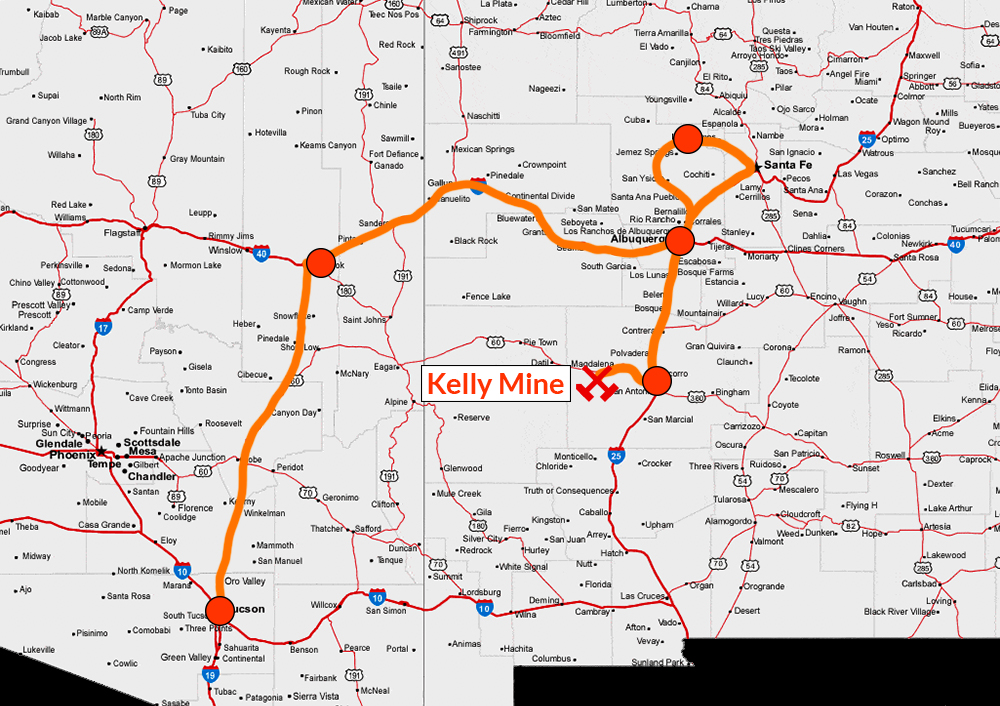
The next important stop on our way was the famous Kelly Mine.
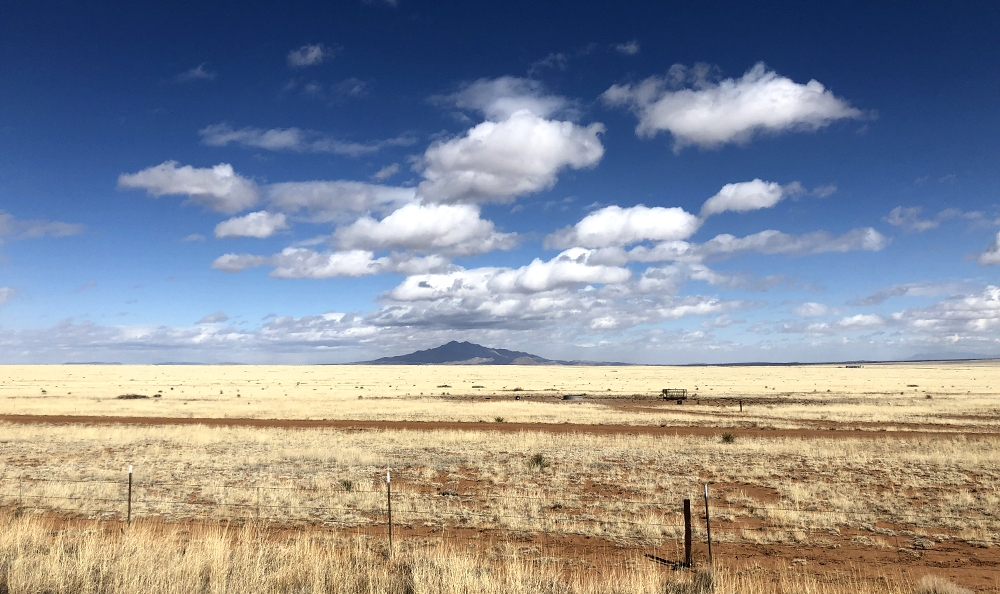
On the way from Socorro to Kelly Mine, beautiful day.
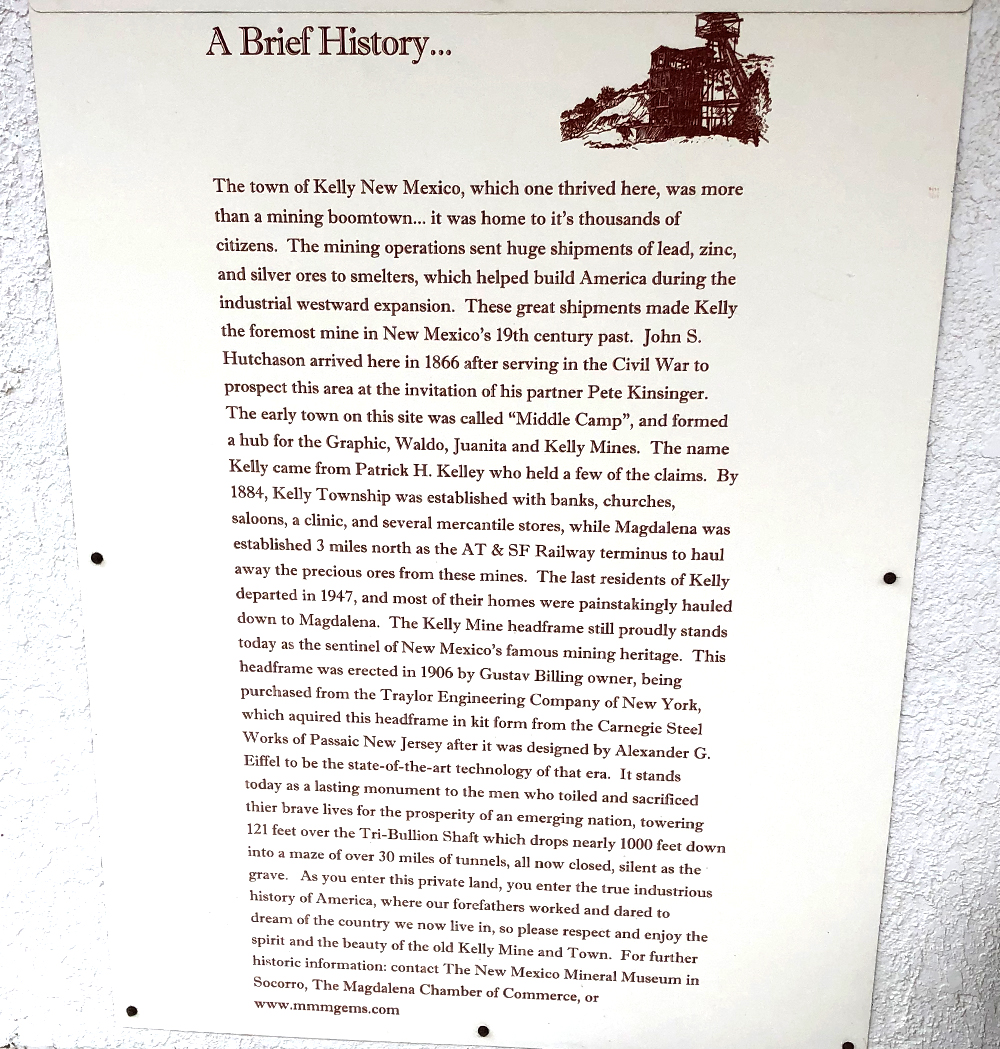
Brief history of Kelly Mine presented by the claim owners.
View from the Kelly Mine.
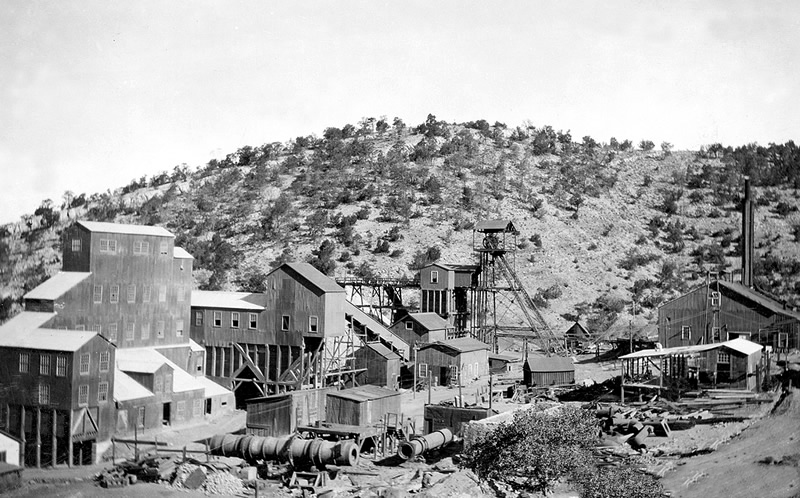
Kelly Mine in the "blooming" period, in 1916. Main shaft, known as Traylor Shaft, is the one still preserved on the spot.
Tryalor Shaft – main shaft in the Kelly mine.
Tryalor Shaft – main shaft in the Kelly mine – and ruins of the old constructions.
Tryalor Shaft – main shaft in the Kelly mine – and ruins of the old constructions.
Tryalor Shaft – main shaft in the Kelly mine.
Tryalor Shaft – main shaft in the Kelly mine.
Old mine tunnels of the Kelly Mine.
Old mine tunnels of the Kelly Mine.
It is still possible to find there some smithsonite, of course not blue but still - to self collect smithsonite from Kelly is really something! They formed as an effect of replacement of the Carboniferous limestones during hydrothermal activity.
It is still possible to find there some smithsonite, of course not blue but still - to self collect smithsonite from Kelly is really something! They formed as an effect of replacement of the Carboniferous limestones during hydrothermal activity.
This day we were guided by our friend Philip Simmons – prominent field collector very active in New Mexico. Our smiley faces after collecting some smithosnites.
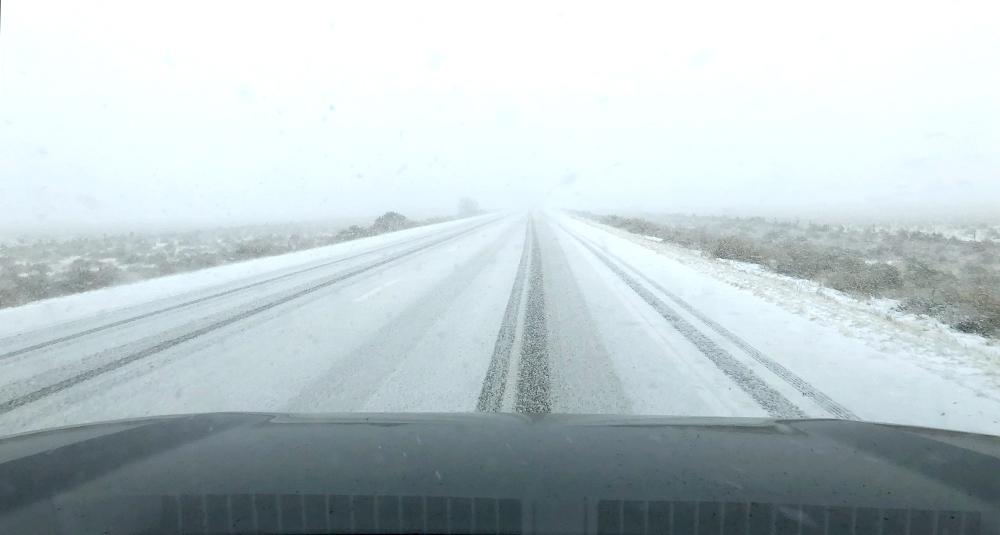
Soon after we left Kelly weather changed drastically – snow and fog surrounded us. We headed for a short visit to the see giant radio telescopes of the famous Very Large Array research center.
Huge radio telescopes hidden in dense fog looked very mysterious, especially when you know that one of their goals is to look for the extraterrestrial life ...
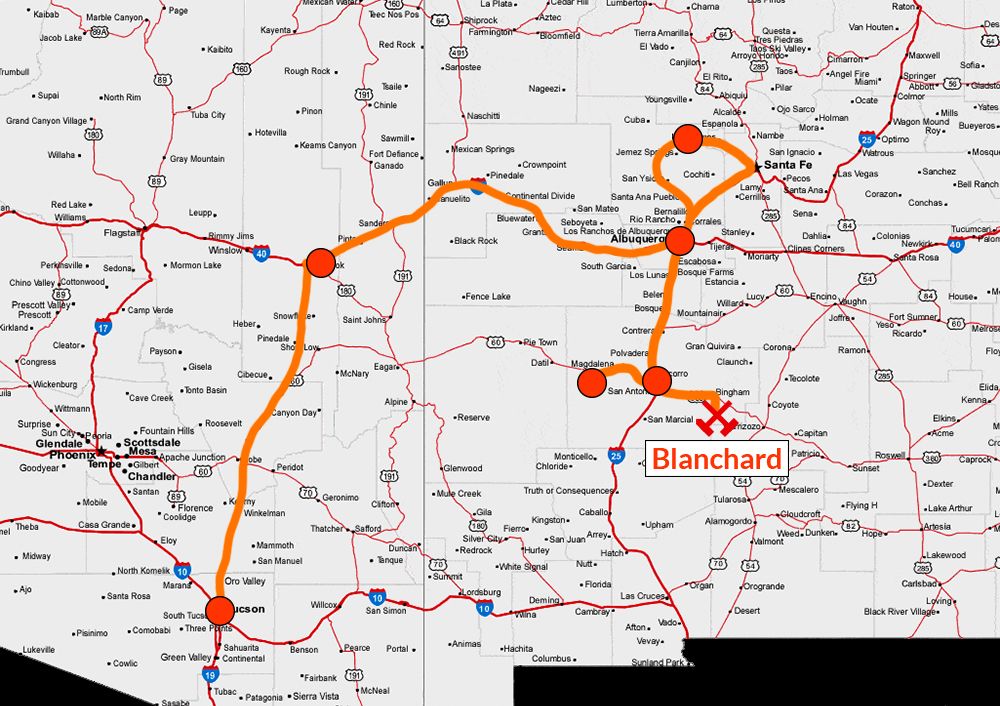
Next day we went with Mike Sanders, one of the co-owners of the classic Blanchard mines, to visit this famous location.
View to the east, to the hill where Blanchard mines are located.
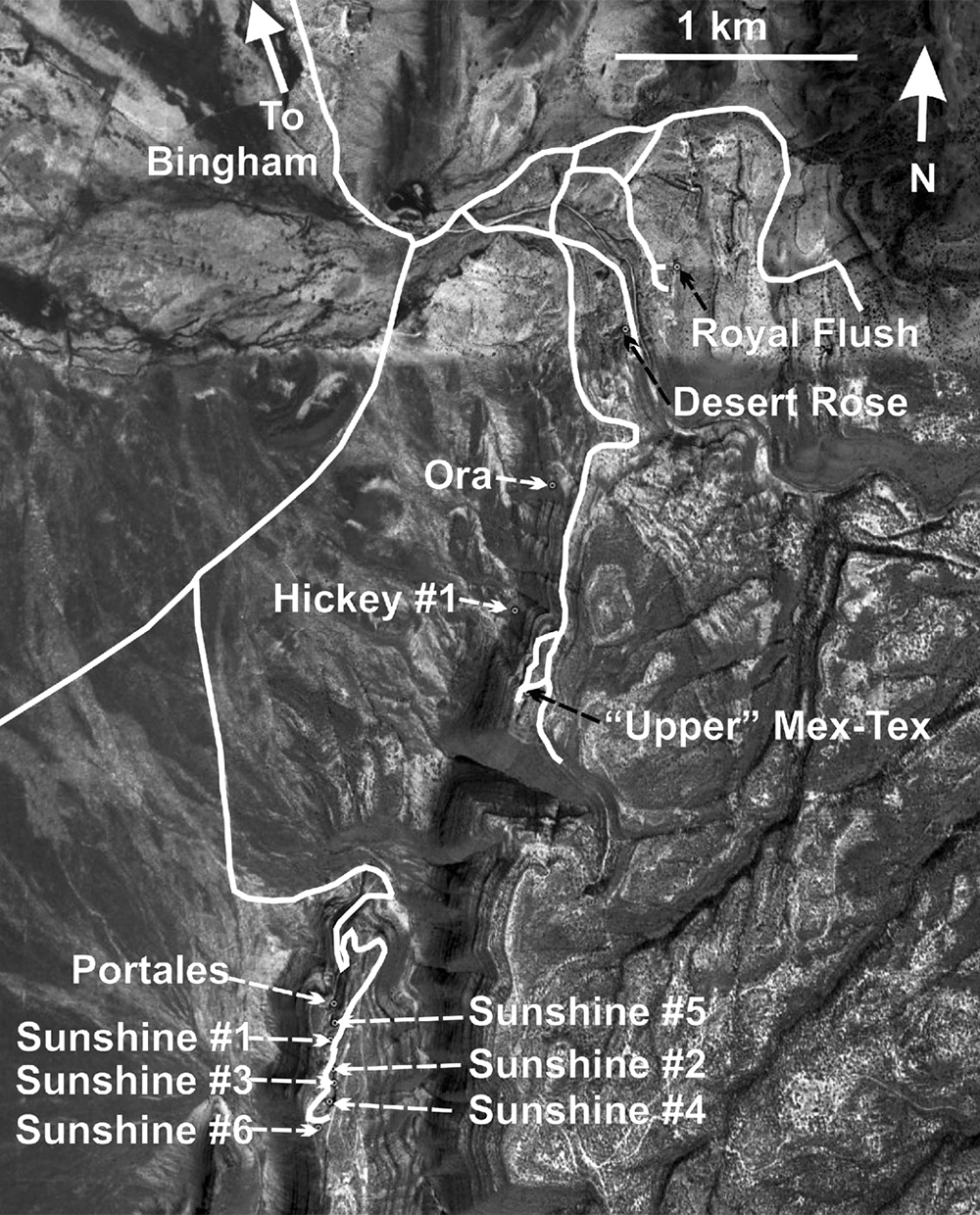
Map of workings in the Bingham area. We visited briefly Mex-Tex Mine and than
for the rest of the day Blanchard mines Sunshine adits (1-6). Graphic from Rakovan & Partey 2009.
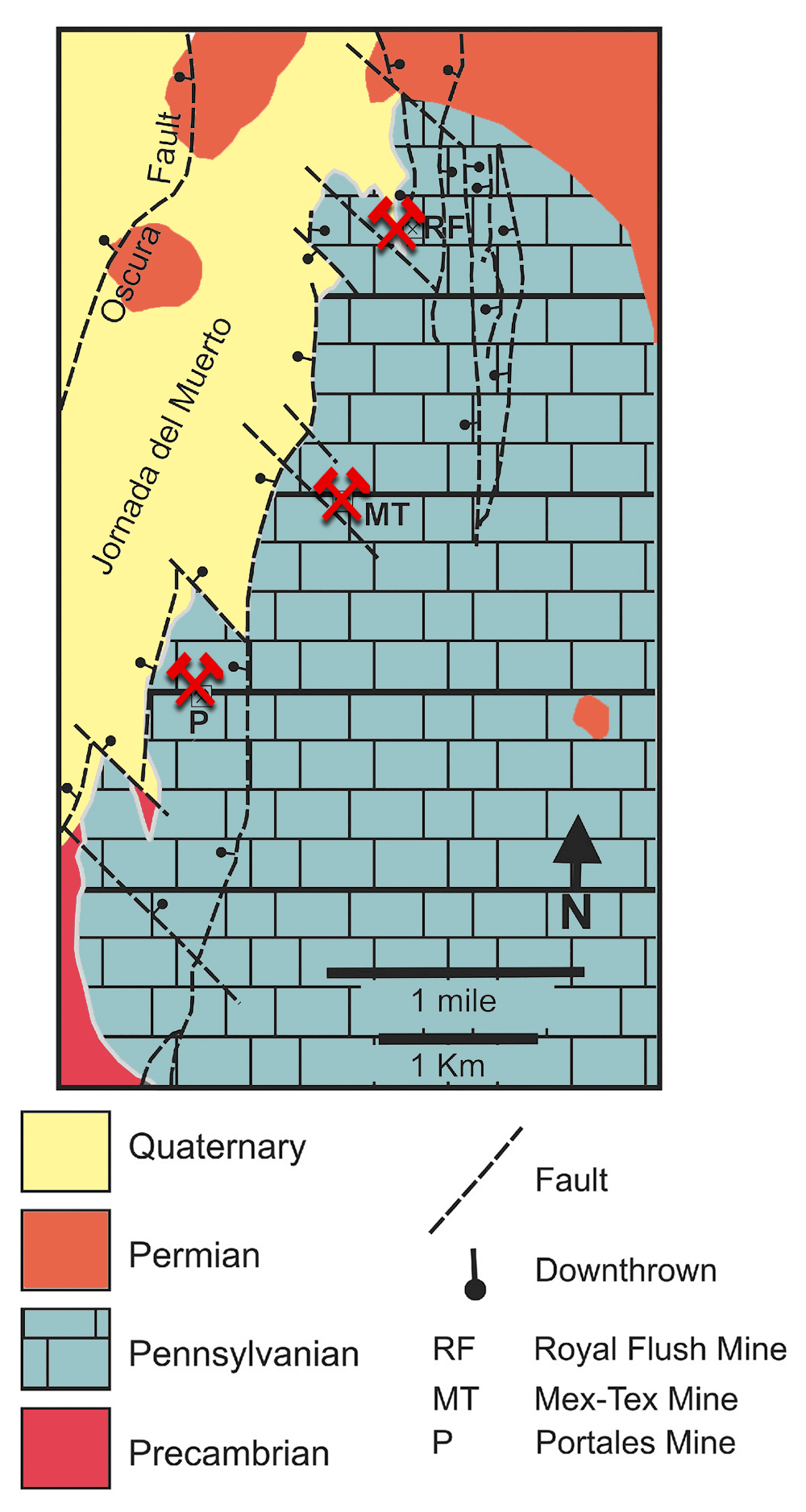
Geological map of the Bingham area. Mineralization occurs in Carboniferous limestones. Marked as "P" (Portales Mine) are Sunshine adits. Graphic from Rakovan & Partey 2009 (colored).
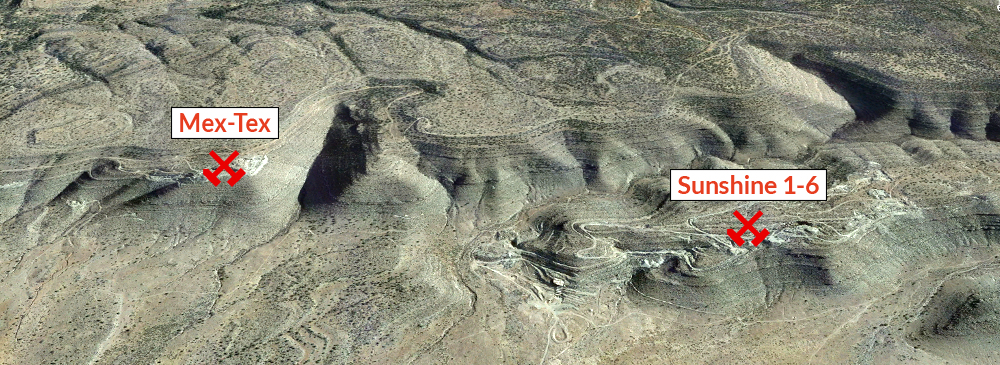
Satellite view to the east with marked Mex-Tex Mine and Sunshine adits.
Mex-Tex mine with recently secured portals.
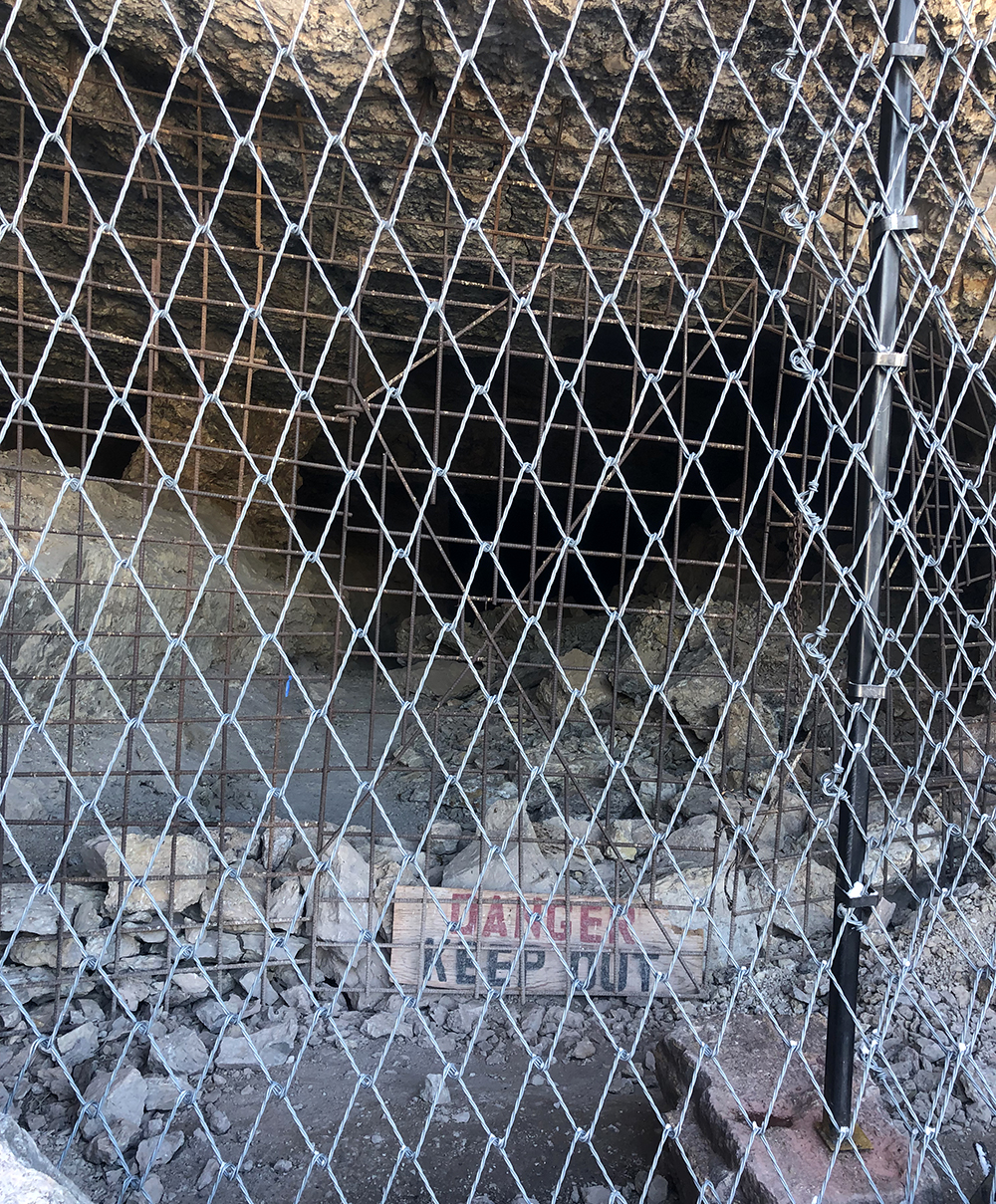
Mex-Tex mine with recently secured portals.
Very vuggy limestones, partly replaced to baryte, at the Mex-Tex mine.
After short visit to Mex-Tex we went to Blanchard mines – Sunshine adits. This area is under claim, collecting verboten!
Morning snowy view from the Blanchard mines.
Morning snowy view from the Blanchard mines.
Old mine mill and water tank well preserved in desertous climate of New Mexico.
Old wooden mine mill well preserved in desertous climate of New Mexico.
Sunshine adit no. 1 – source of some of the world best linarites and many other great specimens!
This adit is also "base camp" for all collecting activity, quite cozy as for mine tunnel.
Finally we go collecting! Strongly replaced limestons are very vuggy and porous. Countless number of cavities are source of great fluorites, linarites, galena etc.
Mike Sanders, one of the mine co-owners, during our visit in Sunshine no 1 adit.
Classic Blanchard vug with quartz, colorless fluorite and galena.
Fluorite in quartz vug, with green (?)brochantite coating.
Large cavity, around 1.5 m long, with good size crystals of fluorite and galena coated by sparkly quartz film. Sunshine no 1 adit.
Details of the big cavity with fluorite and galena coated by sparkly quartz film.
Details of the big cavity with fluorite and galena coated by sparkly quartz film.
Large specimen of blue fluorite on quartz stored in Sunshine no 1 adit.
Short rest after collecting in Sunshine no 1 adit.
When we left the tunnel snow was completely gone.
When we left tunnel the snow was completely gone.
When we left tunnel the snow was completely gone.
Next we visited other adits which were recently secured by installation of "tube-type" portals.
At the portal to one of the adits.
Quite unusual entrance to the mine. Looking inside ...
Quite unusual entrance to the mine. Walking inside ...
Inside of the tunnels.
Asia in the large cavity. She is rarely in the photos as she is the main photographer of most of our travels.
Tom collecting purple fluorites.
Big baryte blades and purple fluorites in very cavernous area.
Cavern with baryte blades and purple fluorites.
Cavern with baryte blades and purple fluorites.
Cavern with baryte blades and purple fluorites on quartz.
Cavern with purple fluorites on quartz.
Cavity with colorless fluorite on quartz with malachite/brochantite coating.
Cavity with colorless fluorite on quartz with malachite/brochantite coating.
Cavity with colorless fluorite on quartz with malachite/brochantite coating.
Another cavity with blue fluorite on quartz with malachite/brochantite coating galena.
Details of the cavity with blue fluorite on quartz with malachite/brochantite coating galena.
Small cavity with fluorite and linarite on quartz. FOV 10 cm.
Big fluorite crystals with galena coated by quartz and linarite.
Colorless fluorite crystals with galena coated by quartz and linarite.
One of linarite and baryte specimens which we collected that day.
As always time underground was running very fast ... so the sunset caught us when we got out.
Change of the view from the mine – morning and evening. Both spectacular.
Sunset seen from Blanchard mines.
Sunset seen from Blanchard mines.
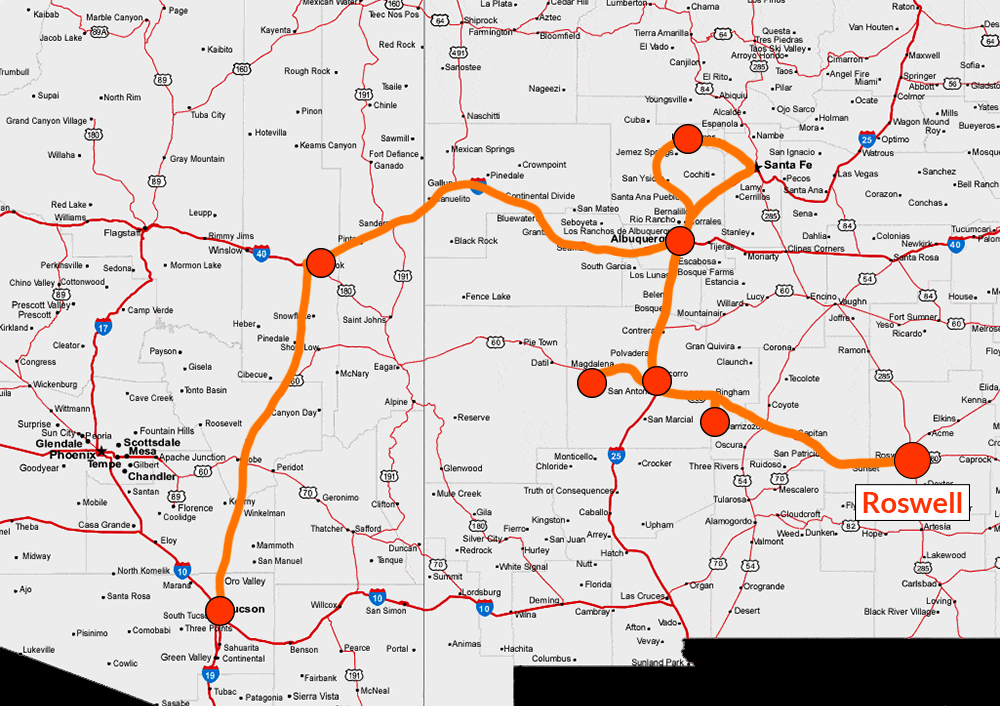
We just had to spend a night in the famous Roswell, place where the secret experiments are carried out on aliens, as we all know ...
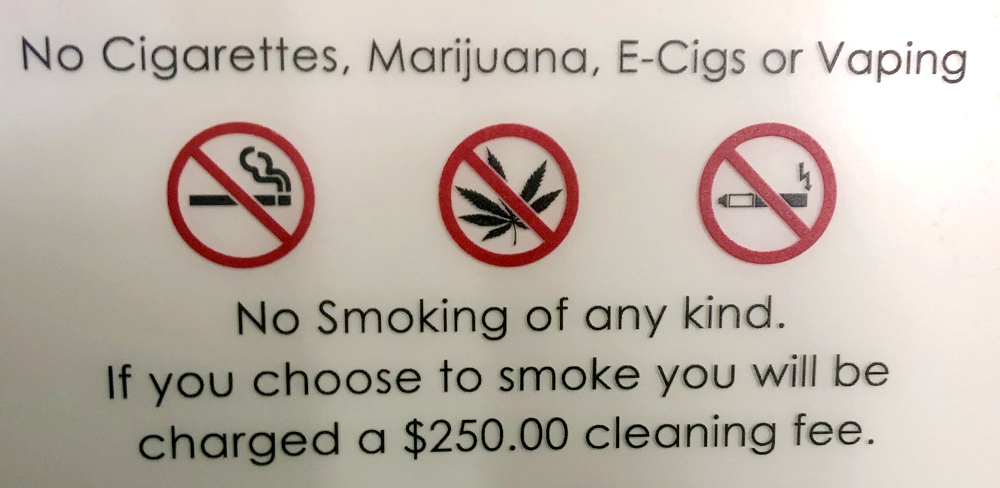
Sign in the hotel in Roswell. Fine for smoking marijuana in the room is 250$, outside it is no problem.
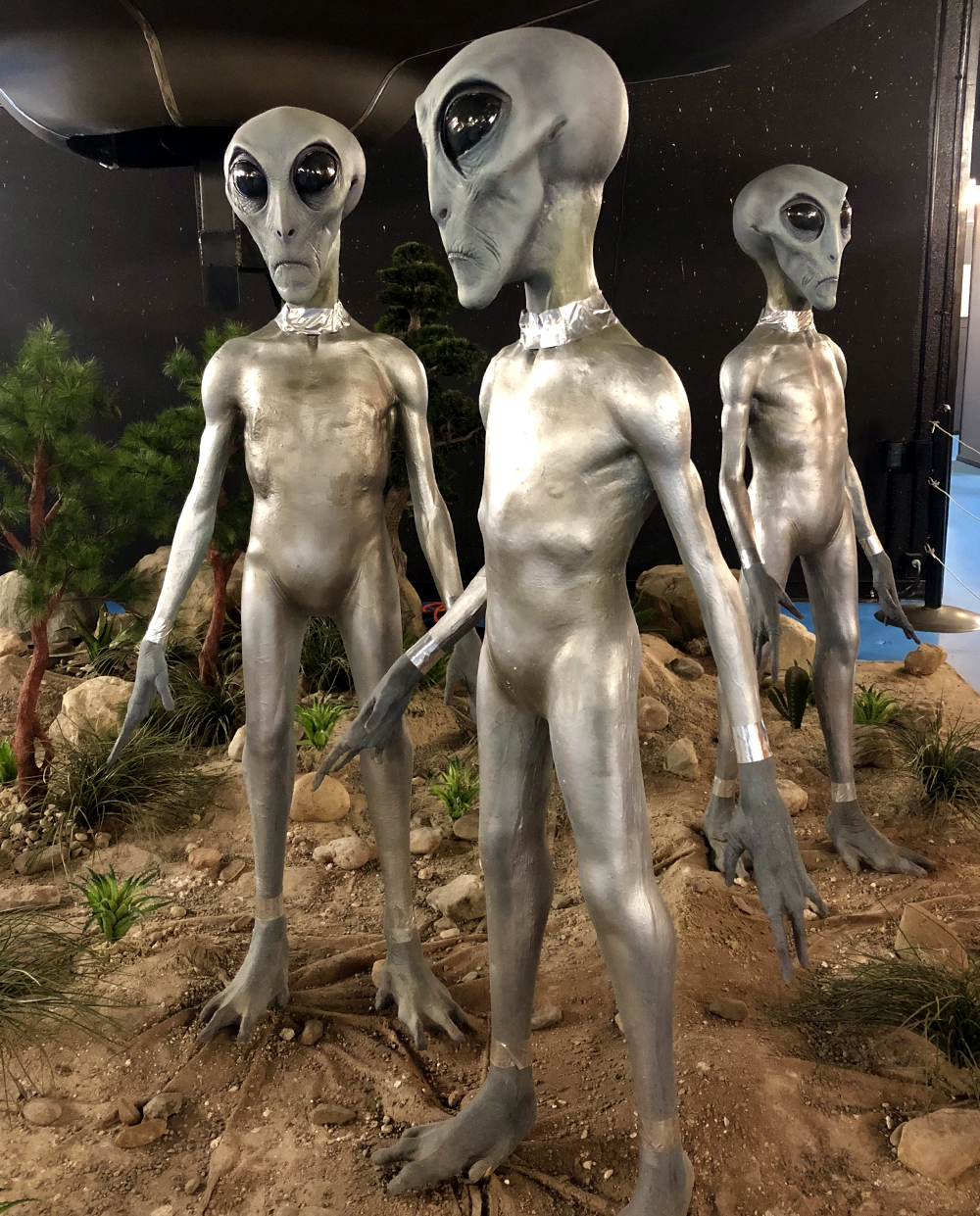
Next day we finally met the real aliens from Roswell!
Aliens from Roswell.
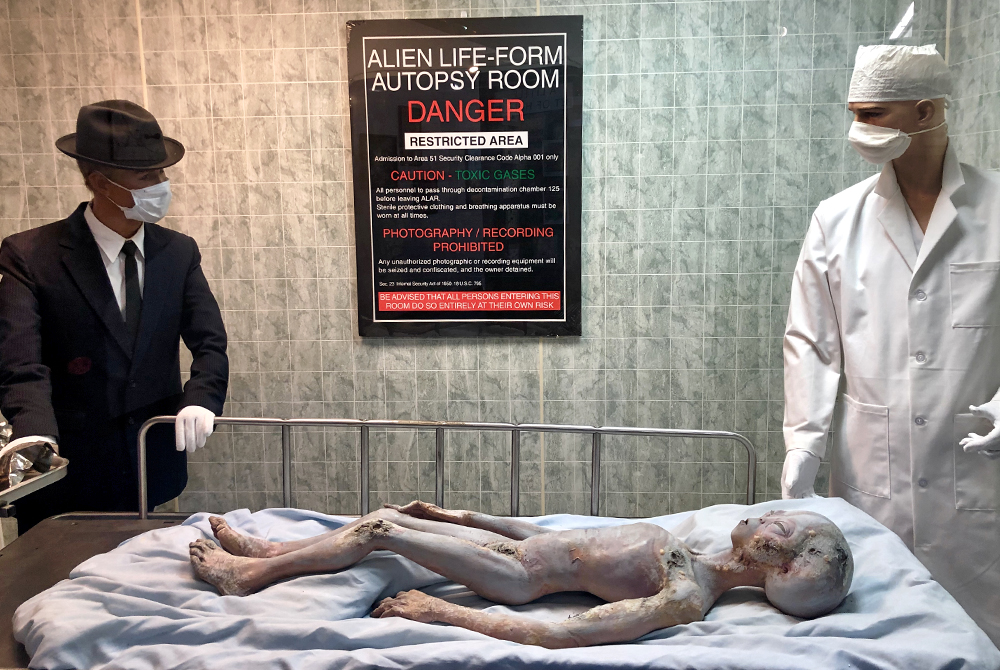
Secret lab where government experiments on the aliens.
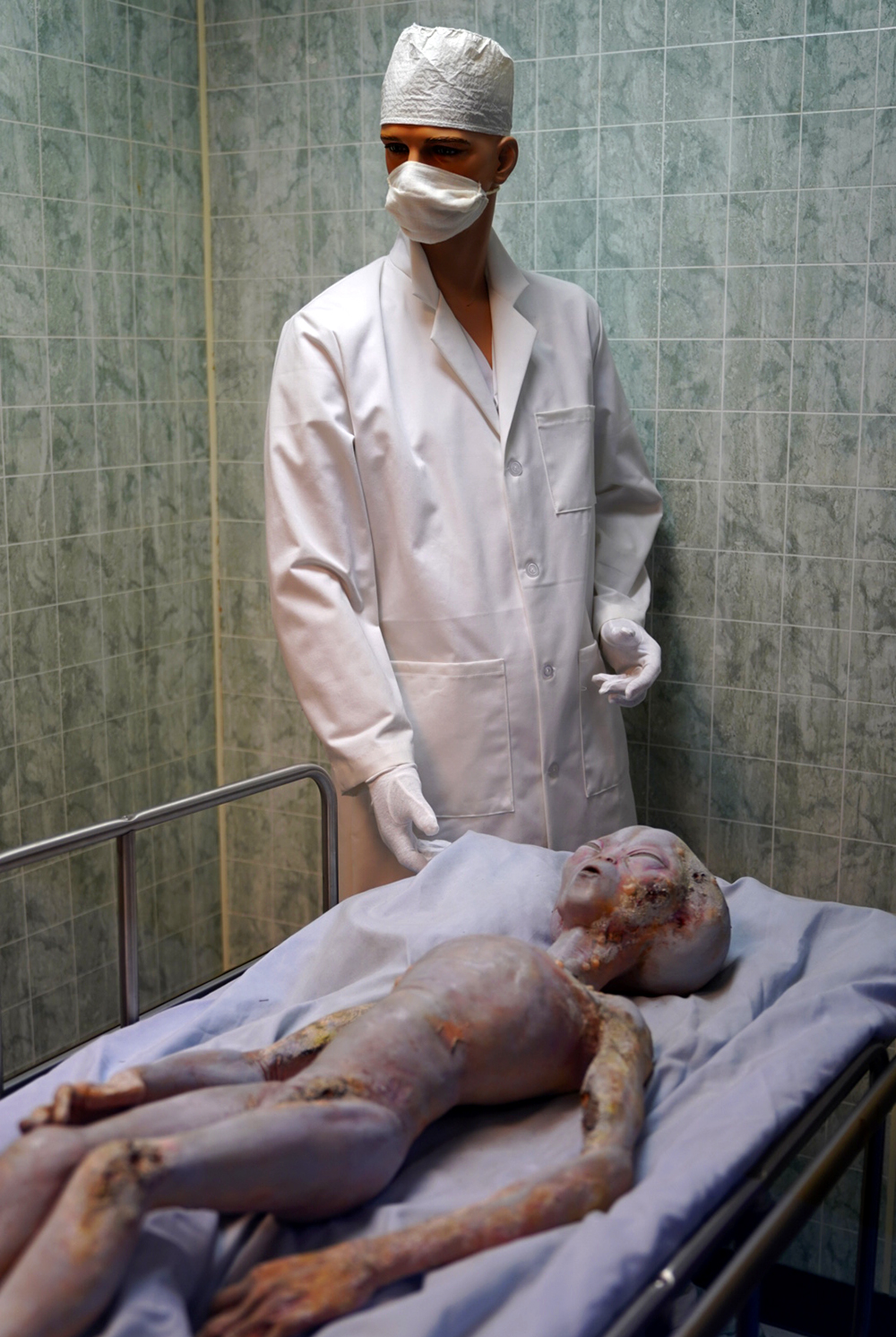
Secret lab where government experiments on the aliens.

Next on our way were the spectacular Carlsbad Caverns.
Entrance to the Carlsbad Caverns National Park.
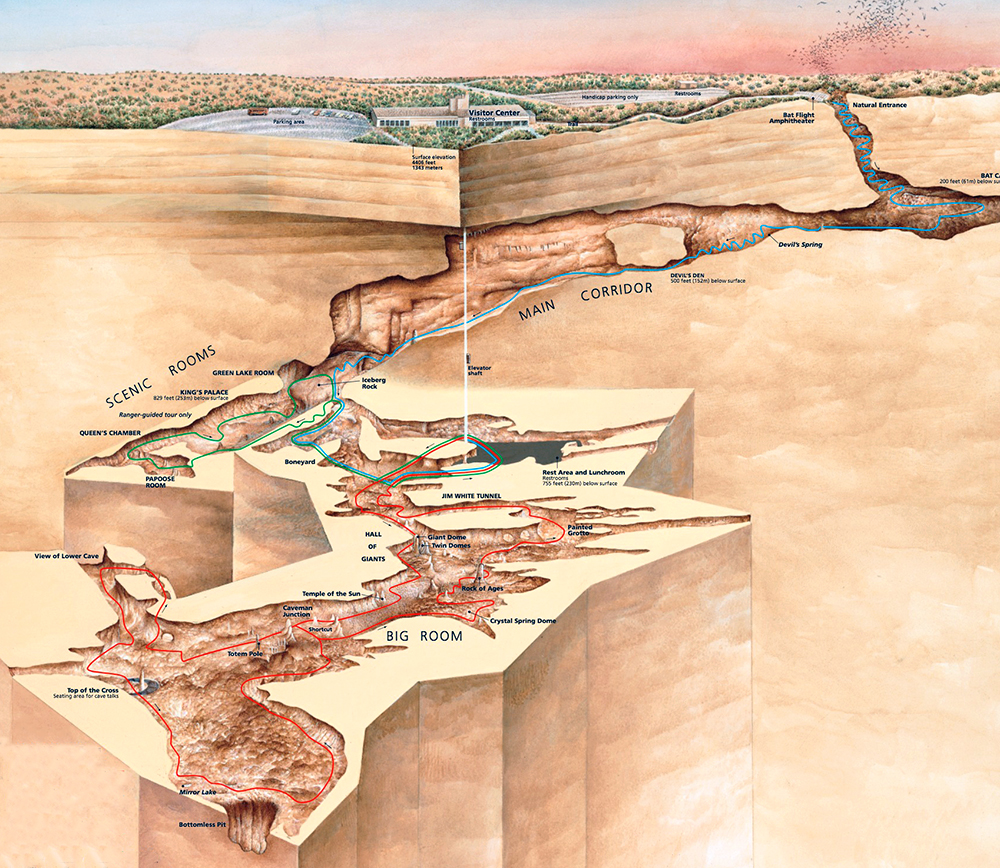
Plan of the Carlsbad Caverns. They developed in Permian age limestones. The park contains over 119 caves. The biggest one is over 220 km long and almost 500 m deep!
Entrance to the caves through Main Corridor.
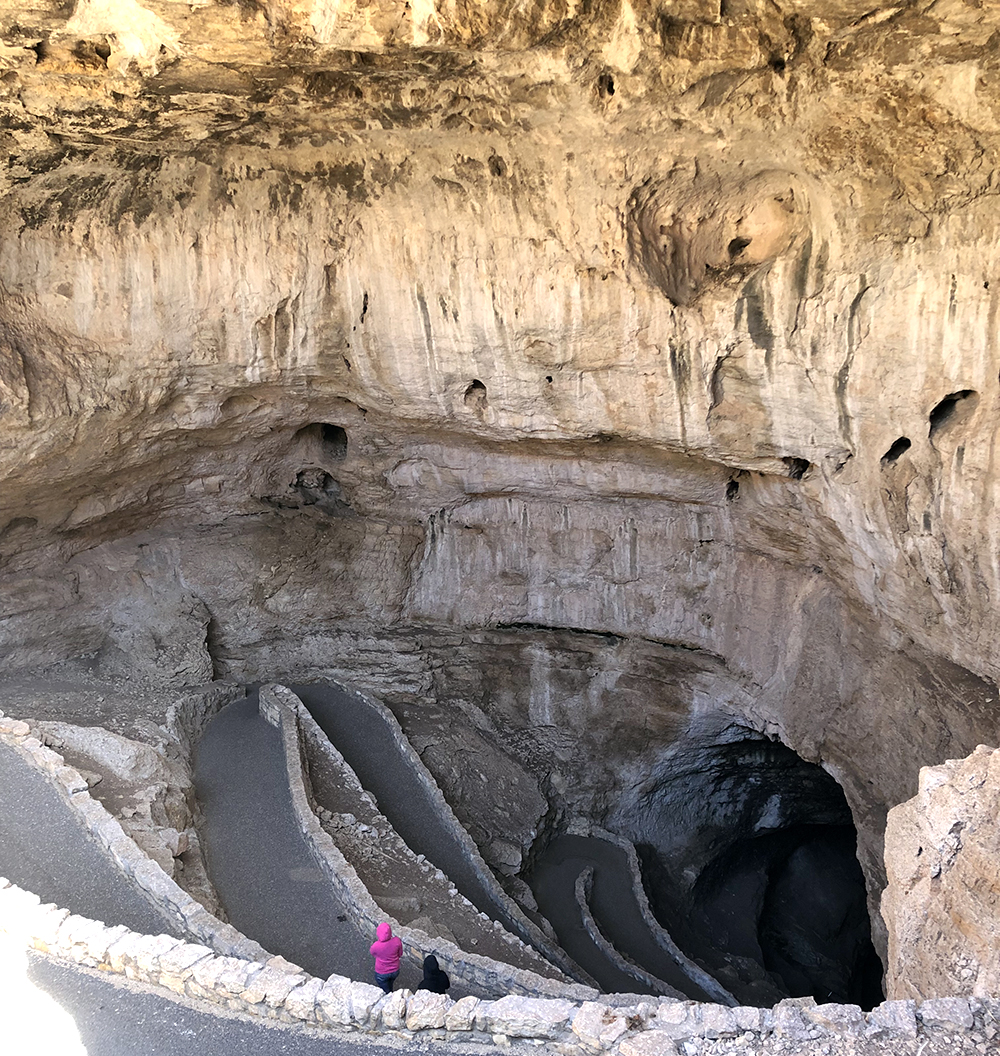
Entrance to the caves through Main Corridor.
Going down, looking up.
Going deeper and deeper.
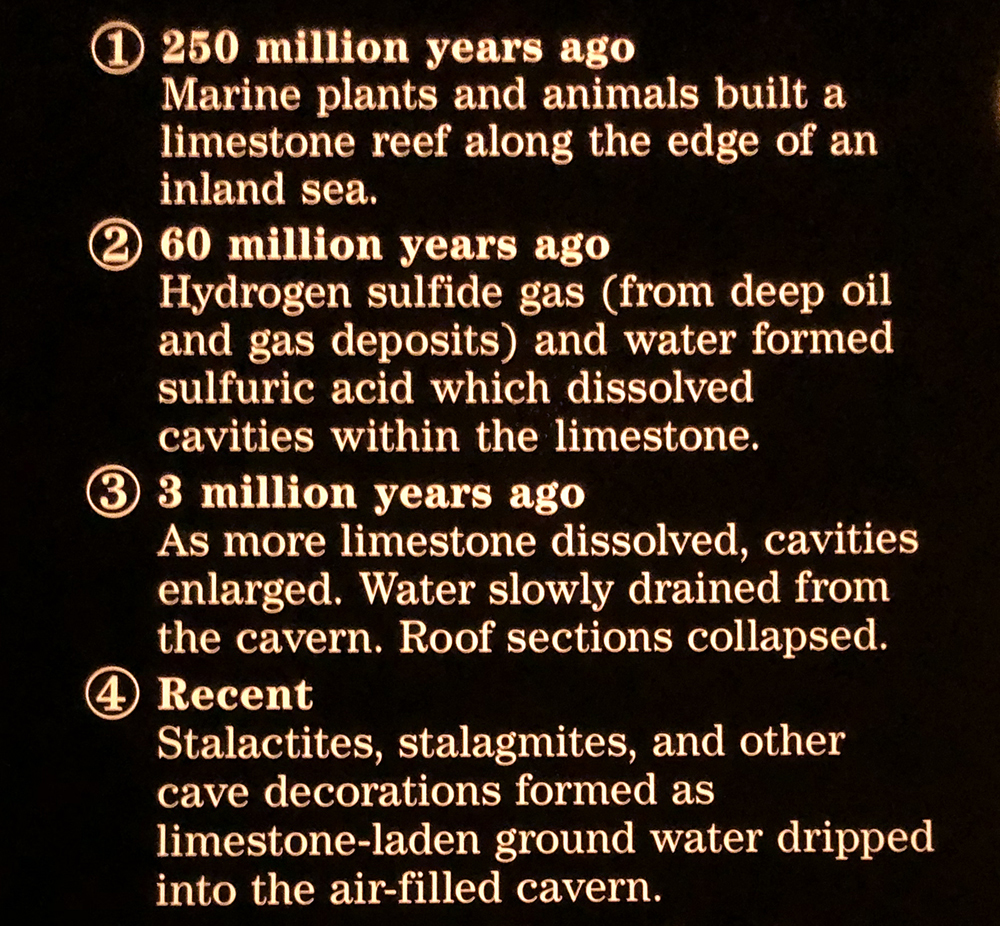
Short explanation of the origin of the karstic formations.
The Big Room with just spectacular speleothems is really big – 1,220 m long, 191 m wide, and 78 m high!
The Big Room with spectacular speleothems.
The Big Room with spectacular speleothems.
Spectacular speleothems in the Big Room.
Spectacular speleothems in the Big Room.
Spectacular speleothems in the Big Room.
Spectacular speleothems in the Big Room.
Spectacular speleothems in the Big Room.
Spectacular speleothems in the Big Room.
Spectacular speleothems in the Big Room.
Spectacular speleothems in the Big Room.
Spectacular speleothems in the Big Room.
Spectacular speleothems in the Big Room.
Spectacular speleothems in the Big Room.
Spectacular speleothems in the Big Room.
Spectacular speleothems in the Big Room.
Spectacular speleothems in the Big Room.
Spectacular speleothems in the Big Room.
Water pond in the Big Room.

Last highlight of our trip - the White Sands.
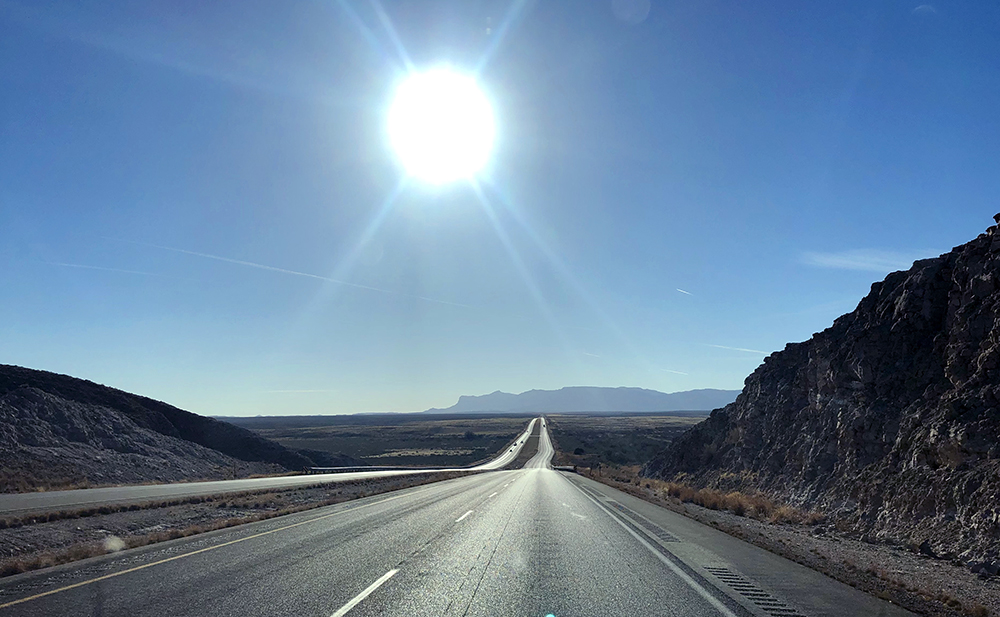
Our road led through a small part of Texas.
Our road led through small part of Texas.
Our road led through small part of Texas.
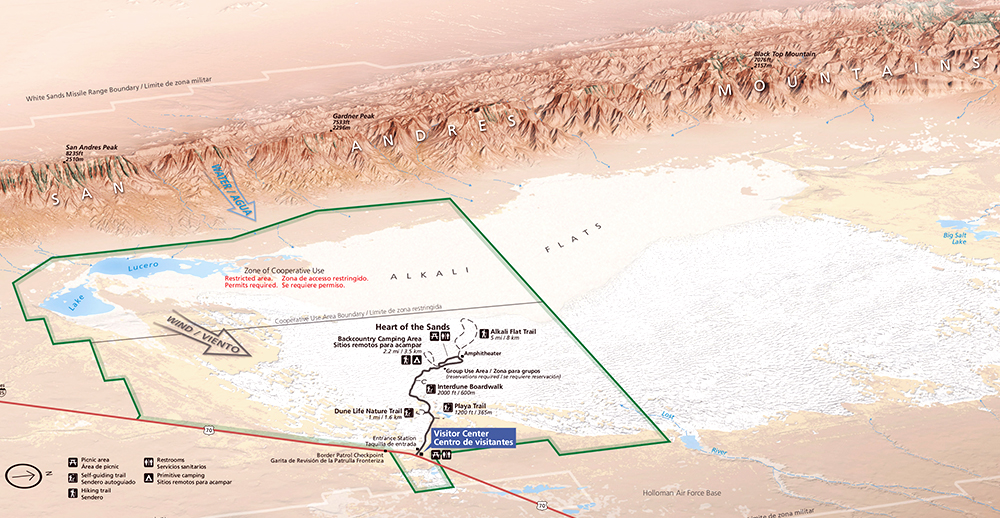
White Sands National Park protects an unique environment of the world largest gypsum (!) dunefield. They formed as an effect of the weathering of Permian gypsum layers in recent desertous conditions.
White Sands are white because the dunes are formed by pure gypsum sands.
Vegetation on the gypsum dunes.
Gypsum dunes in the White Sands NP.
Asia on the very white dunes.
Andres Mountains in the back of the dunes of the White Sands NP.
White gypsum sands, White Sands NP.
White gypsum dunes of the White Sands.
White gypsum dunes, White Sands NP.
White gypsum dunes, White Sands NP.
White gypsum dunes, White Sands NP.
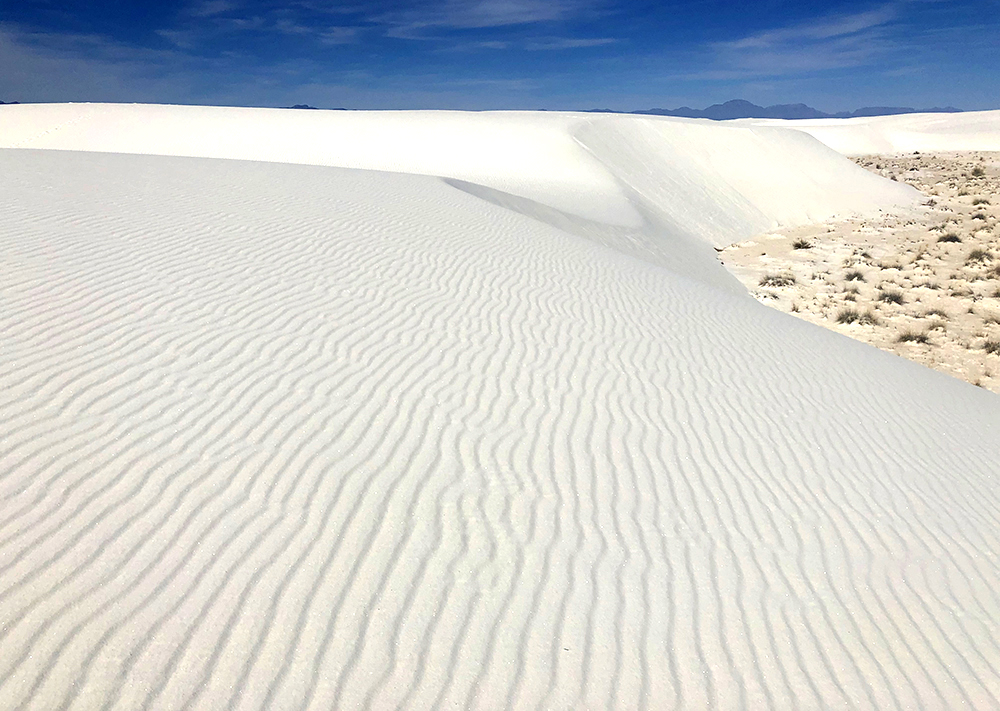
Wind ripple marks on the gypsum dunes, White Sands NP.
Early diagenesis in gypsum sands, White Sands NP
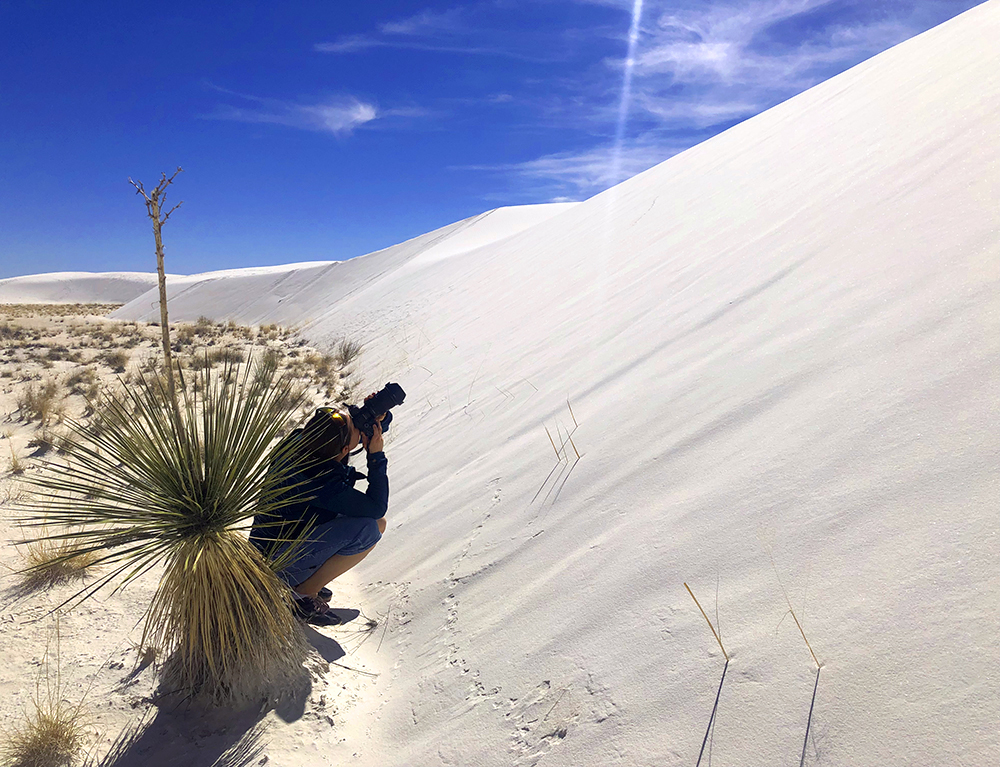
Asia taking photos at the White Sands dunes.
Vegetation in rough conditions of the White Sands NP.
White gypsum dunes of the White Sands NP.
White gypsum dunes of the White Sands NP.
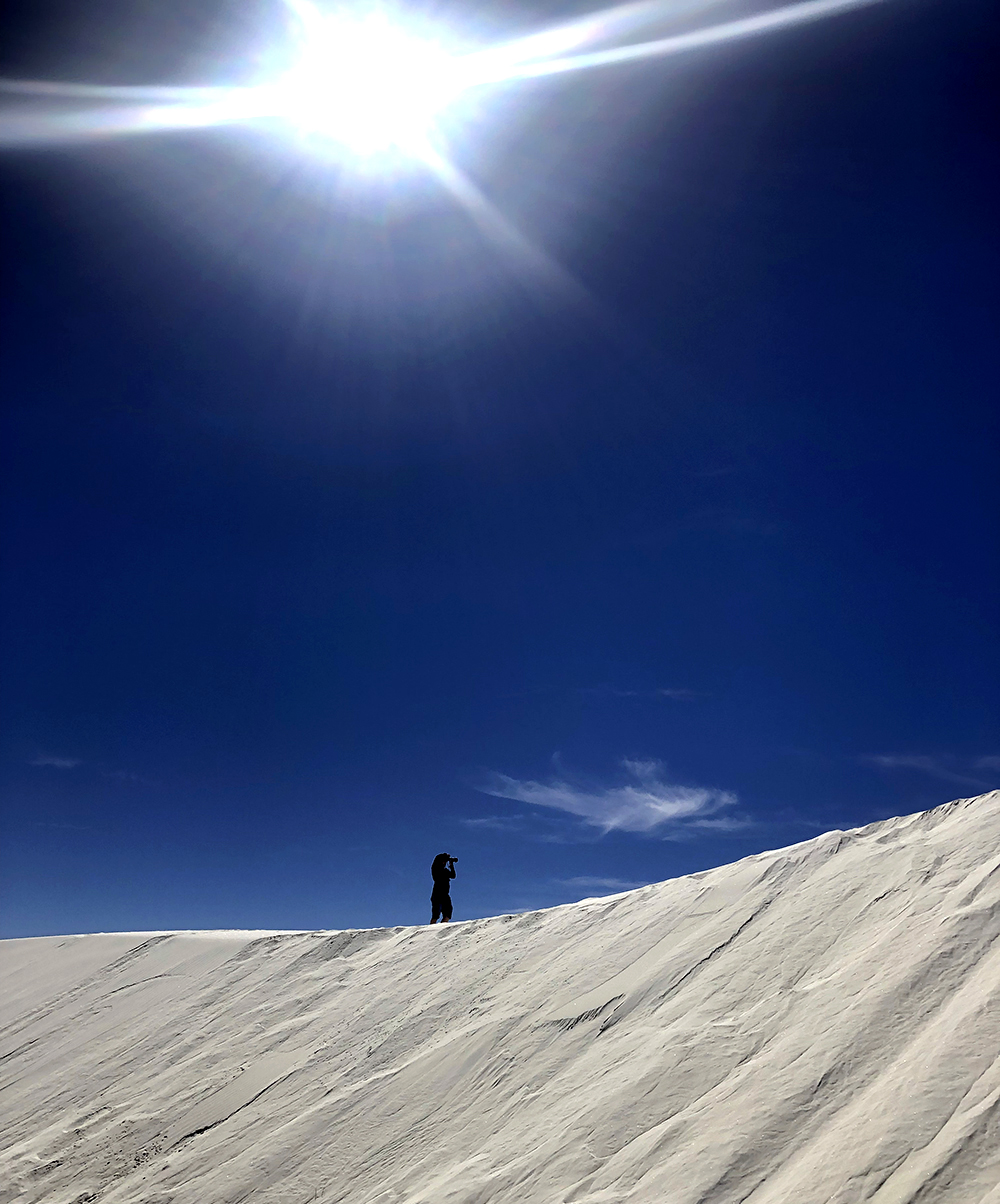
Asia taking photos at the White Sands dunes.
Our trip almost ended, we had great time!
Driving back to Tucson.
Driving back to Tucson.
Driving back to Tucson, last sunset was great as most of Arizona sunsets.
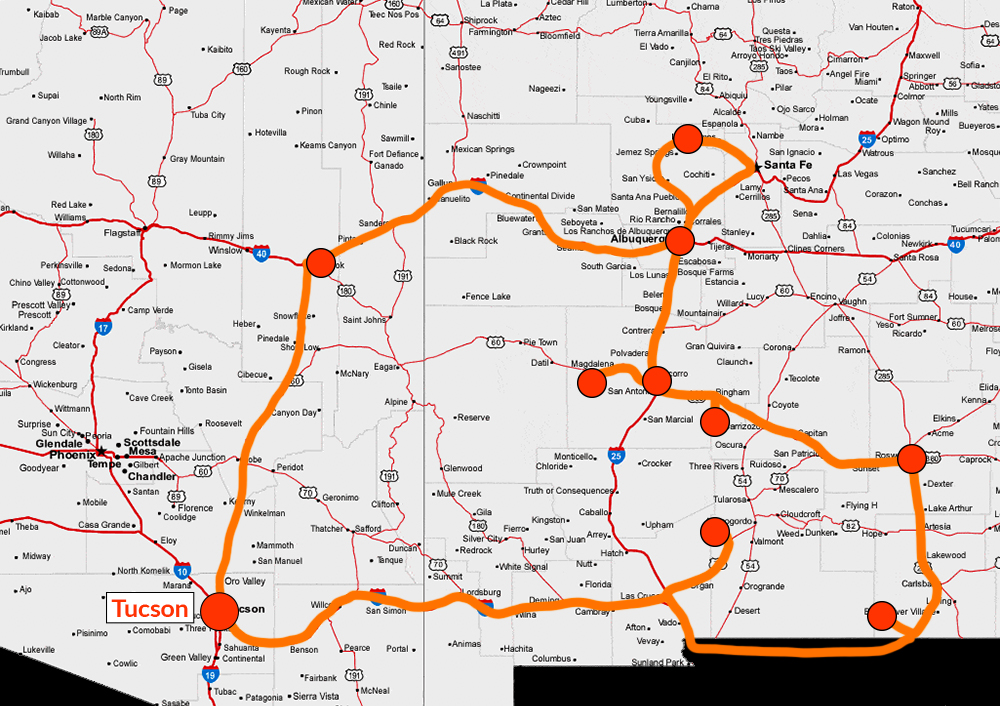
By arriving back to Tucson we closed the circle of our trip through Arizona and New Mexico.
Time to fly back home, last view to the Arizona desert.
Time to fly back home, last view to the Arizona desert.
Go back to Part I
| Comments |
| A great trip with super scenic photographs and wonderful shots of the minerals seen along the way. Thanks for the terrific photo journey. |
| boasand |
| 2020-05-06 02:03:53 |
| Thank you for sharing all these great photos. It took me two hours to go through everything, it was so exciting. Greetings from Norway. |
| Robert Norway |
| 2024-06-15 06:25:26 |
NEW ARTICLES
TRAVELS & ARTICLES
- Mineral notes: "Dragon Eye" fluorites from Namibia
- Mineral notes: Boltwoodite from Goanikontes, Namibia
- Pyrite find in Finland
- Mineral notes: New zircons and pyrochlores from Morocco
- Mineral notes: New natrolites from Morocco
- Mineral pottery by Dr. Justyna Domańska-Siuda
- Calcites from Malaysia
- Veszelyites and other minerals from Congo
- Travelling through Arizona & New Mexico, USA
- Halites from the Solno Salt Mine, Poland
OUR PUBLICATIONS
- "Fluorites from Taourirt, Morocco" in Mineralogical Almanach
- "Calcites from Grabiszyce, Poland" in LRM 2018
- "Baryte" article in the extraLapis
- MINERALS - The Collectors Newspaper #9
- MINERALS - The Collectors Newspaper #8
- Solno halites article in the Mineralogical Record
- MINERALS - The Collectors Newspaper #7
- MINERALS - The Collectors Newspaper #6
- Mibladen monograph in the Mineralogical Record
- African Secrets book
